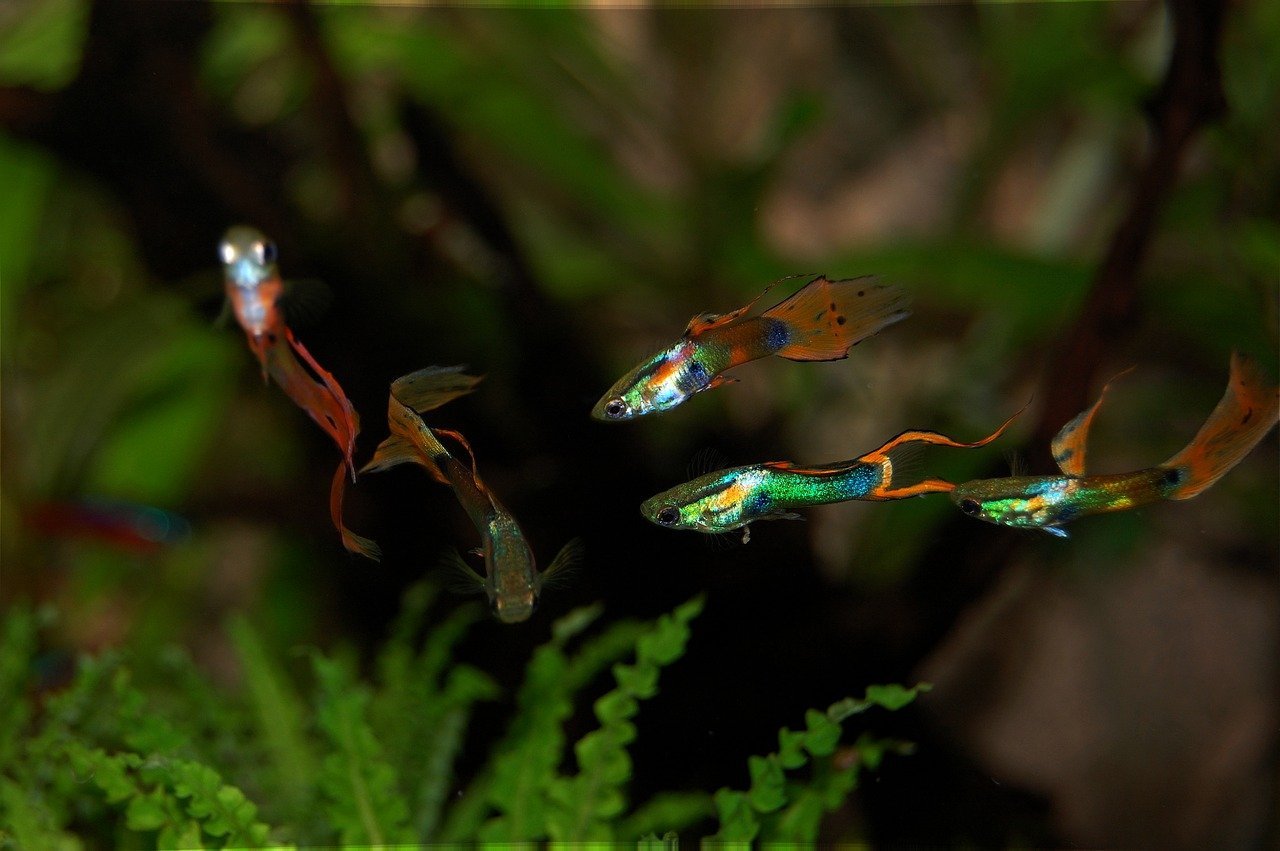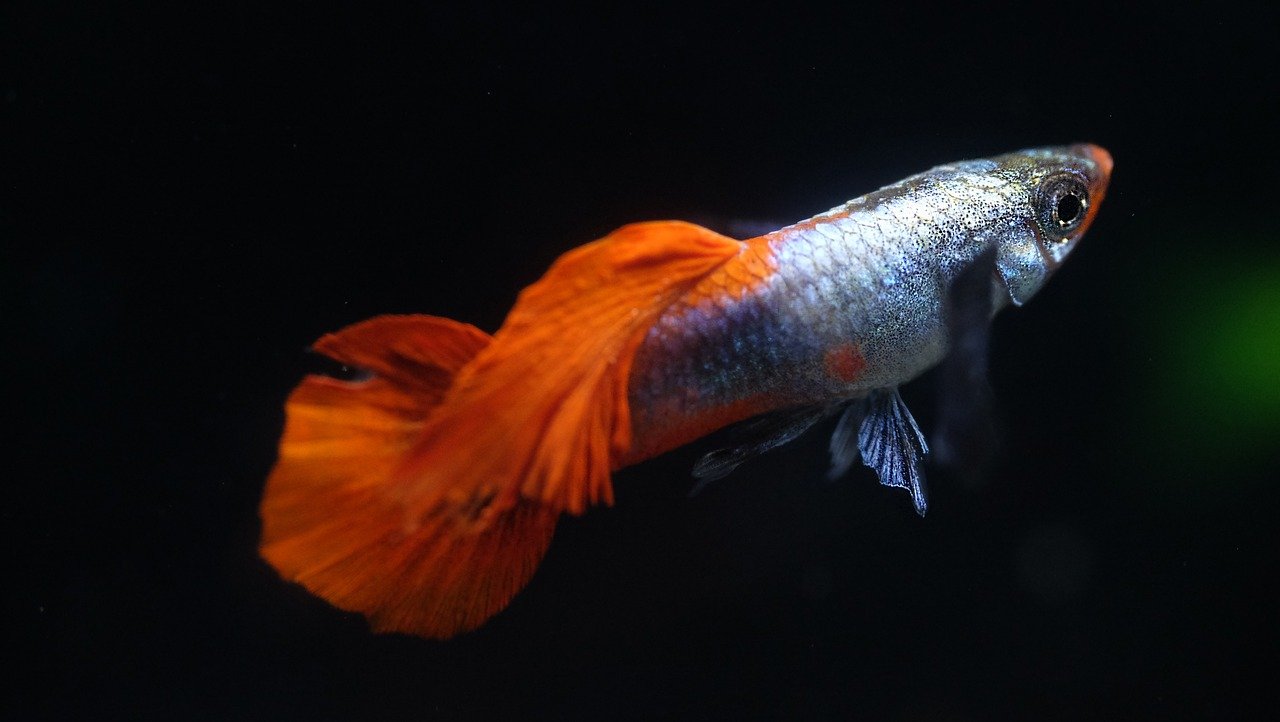
Feeding Vegetables to Guppies Top Ideas
Feeding vegetables to guppies top ideas are given here. like other livebearers, are fascinating little creatures with dietary needs that reflect their omnivorous nature. While many hobbyists may focus on the protein aspect of their diet, such as brine shrimp and other protein meals, it’s crucial not to overlook the importance of incorporating vegetables into their feeding routine. Guppy fish thrive on a diet that balances meat and plant matter, ensuring they receive all the necessary nutrients to prevent nutritional deficiencies.
The Benefits of feeding Fresh Vegetables for Guppies
As with any pet, guppies can be picky eaters, especially when it comes to introducing something new to their diet. However, the benefits of feeding fresh vegetables to guppies cannot be overstated. By adding a variety of vegetables to their diet, you contribute to a healthier lifestyle for your guppies. Fresh vegetables are not only less processed compared to commercially available foods like pellets or flake foods, but they also provide a more natural source of essential nutrients. However, it’s important to be selective about the types of vegetables you introduce. Vegetables like broccoli, cabbage, or anything that smells like onions should be avoided, as they can quickly contaminate the aquarium tank and start fouling the water. The jelly parts of tomatoes and cucumbers should also be removed, leaving only the solid part which is safer for your guppies to consume. When introducing feeding vegetables to guppies monitor the tank closely and remove any uneaten food after a few hours, as it will lose its taste and become slimy, further risking water contamination.
Tools and Tips for Feeding Vegetables to guppies
Feeding harder vegetables like carrots can be a bit more challenging. These can be left in the tank for up to 12 hours, but it’s essential to keep an eye on them to ensure they don’t spoil the water. A helpful tool in this process is the vegetable clip with a suction cup, which keeps the food in place, preventing it from floating around the tank. This way, your guppies can easily take a nip at the vegetables without giving up out of frustration. in the journey of feeding vegetables to guppies, Local fish pet stores often carry these vegetable clips, or you can easily purchase them online. Incorporating these simple tools and techniques into your feeding routine can make a significant difference in the well-being of your guppies. Additionally, some vegetables, like peas, serve a dual purpose—they can also relieve constipation, acting as a natural home remedy for your fish.

Proper Vegetable Preparation for Guppies
When preparing for feedings vegetables to guppies, it’s important to consider the specific needs of each type. For example, cucumber, zucchini, and tomatoes should be washed thoroughly, and the jelly bits and seeds should be removed before cutting them into small slices. These can then be placed in the aquarium tank where your guppies can enjoy them. During feeding vegetables to guppies leafy greens like lettuce, romaine lettuce, and spinach can be ripped by hand into smaller pieces and served fresh, without the need for cooking. However, if you prefer, you can blanch them by briefly boiling the leaves, making them softer and more palatable for the fish before tossing them into the aquarium.
Specific Guidelines for Different Vegetables
For vegetables like peas and sweet corn, whether fresh or frozen, a quick dip in boiling water for about a minute is necessary to soften them. Once softened, make sure to peel off the shell before adding them to the tank. Similarly, root vegetables like potato and sweet potato require a bit more preparation. while feeding vegetables to guppies cut grooves into them with a knife to give your guppies something to grip onto, and dice them into small bits. These can then be softened with a quick boil before feeding. Carrots follow a similar process; dice them into small bits and boil briefly to soften. Pumpkin, on the other hand, can be served raw after being cut into manageable pieces. For colorful additions like bell peppers—whether green, red, yellow, or orange—you should cut them into small pieces, ensuring that all the seeds are removed. A quick blanch will make these peppers more digestible for your guppies.
Ensuring a Balanced Diet for Healthy Guppies
By carefully preparing and offering a variety of vegetables during feeding vegetables to guppies, you can ensure that your guppies not only enjoy their meals but also receive the balanced nutrition they need to thrive. The extra effort you put into their diet will pay off in their vibrant colors, active behavior, and overall health.
Leave a Reply